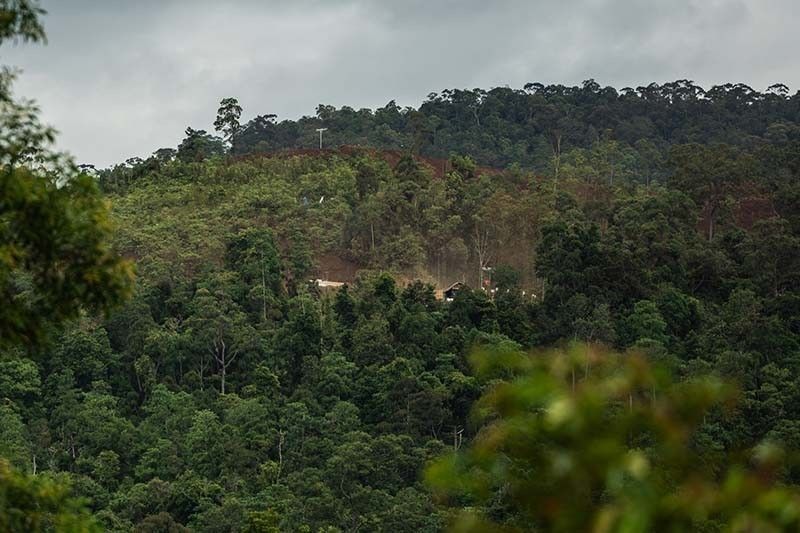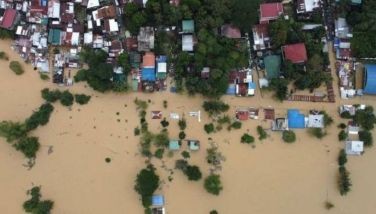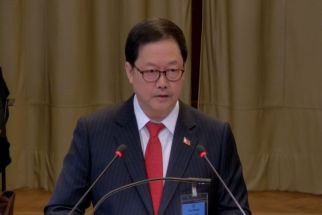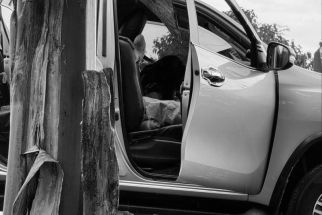New tool measures nature for sustainable resource management

MANILA, Philippines — The Philippines recently took a significant step toward sustainable resource management with the signing of the Philippine Ecosystem and Natural Capital Accounting System (PENCAS) Act.
The Philippines grapples with a significant dilemma in balancing economic development with the need to preserve the environment and conserve its natural resources, a challenge worsened by the climate crisis.
To address this, the PENCAS law sets up a monitoring and reporting system that will contribute to the protection, conservation, and restoration of ecosystems and natural resources.
This critical step is further strengthened by a new toolkit called “Sukat ng Kalikasan” (SnK), co-developed by the Department of Environment and Natural Resources (DENR) and the United States Agency for International Development (USAID)-Sustainable Interventions for Biodiversity, Ocean, and Landscapes (SIBOL).
Neil Aldrin Mallari, an ecologist and president of the Center for Conservation Innovations PH (CCIPH), stressed the need to translate the PENCAS law’s principles into real-world implementation through SnK.
SnK standardized guide is designed for managing natural resources, and monitoring and addressing threats in protected areas.
“Sukat ng Kalikasan offers a comprehensive and practical guide for managing natural resources within protected and conserved areas and beyond. PENCAS paints the big picture, valuing nature’s worth, while sukat ng kalikasan equips us on how to measure the values of nature,” Mallari told Philstar.com. CCIPH is an author of the SNK toolkit.
What is Sukat ng Kalikasan?
“Sukat ng Kalikasan,” meaning “measurement of nature” in Filipino, helps natural resource managers in the Philippines to map and value economic services within protected areas.
Even local government units, local communities, non-governmental organizations and spatial planners can use the SnK toolkit.
SnK leverages two established frameworks: the High Conservation Value Areas (HCVA) and the National Capital Accounting (NCA). HCVA is the standard national protocol in identifying areas crucial for biodiversity conservation, while NCA measures forests, water and clean air, and the benefits they provide.
Environment Secretary Maria Antonia Yulo-Loyzaga pointed out that SnK will bridge the gap between economic planning and environmental conservation.
“Customized for the Philippine context, its objective is to appreciate the values that our ecosystems provide, so that we are in a more resilient position to manage our natural resources sustainably while achieving our development goals,” Loyzaga said.
Why does Sukat ng Kalikasan matter?
Despite being a megadiverse nation, the Philippines is a biodiversity hotspot with at least 700 threatened species.
“Biodiversity loss not only threatens the survival of countless species but also undermines the stability of ecosystems impacting human well being and livelihoods. We must all take action to safeguard these precious resources for future generations,” USAID Deputy Mission Director Rebekah Eubanks said.
Manila is committed to halt human-caused extinction, sustainable biodiversity use, and equitable benefit sharing by 2050 under the Kunming-Montreal Global Biodiversity Framework.
The Philippines is also highly vulnerable to the impacts of climate change, such as droughts, sea level rise, floods and cyclones. The country, however, lacks comprehensive reports on how natural disasters impact its environment.
What does SnK measure?
Sukat ng Kalikasan focuses on six components most relevant to the Philippine setting: species, ecosystems, rare and threatened ecosystems, regulating and maintenance services, provisioning services, and cultural services.
SnK assesses the presence of rare, threatened, or unique flora and fauna, evaluates natural habitats like forests, mangroves, and coral reefs, and considers whether human activities threaten these ecosystems.
USAID-SIBOL explained that by assessing the first three components, SnK can estimate the value of ecosystem services, which include climate regulation, flood control, landslide prevention, drinking water, and food.
The tool can also help understand the value of cultural services, such as opportunities for recreation, spiritual connection, and cultural enrichment. Indigenous peoples, whose way of life is deeply intertwined with nature often benefit most from cultural ecosystem services.
By understanding the value of ecosystems through SnK, decision makers can make informed choices that balance human needs with environmental sustainability.
Consider a mangrove forest threatened by reclamation. Using SnK, experts can factor in the benefits of the ecosystem such as storing planet-warming carbon dioxide, preventing soil erosion, protecting coastal communities from storms, and serving as a fish nursery.
By analyzing scientific data, the tool provides a cost-benefit analysis of potential environmental decisions.
- Latest






























